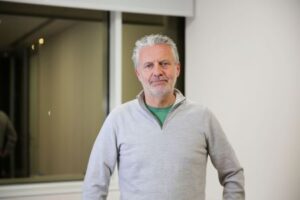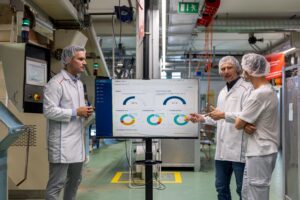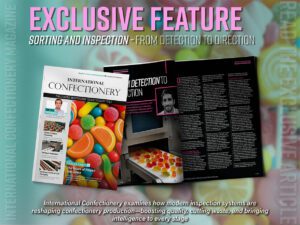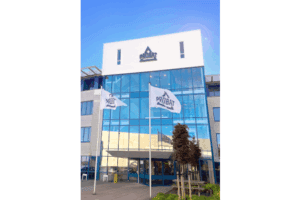Technical Editor Clay Gordon explores the possibility of employing regenerative agriculture practices in the growing of cocoa.
Before we can begin a discussion about regenerative cocoa farming, we must first lay a foundation by agreeing on a definition for regenerative agriculture.
Regeneration International*, a non-profit based in the US, provides the following definition, which we will use as the basis for this discussion:
Regenerative agriculture (‘RA’) describes farming and grazing practices that, among other benefits, reverse climate change by rebuilding soil organic matter and restoring degraded soil biodiversity – resulting in both carbon drawdown and improving the water cycle. Specifically, RA is a holistic land management practice that leverages the power of photosynthesis in plants to close the carbon cycle, and build soil health, crop resilience and nutrient density.
Let’s deconstruct this by stating what I see is the key goal for RA in the above definition: restore soil health. Two aspects to this restoration are indicated: a) increasing the percentage of organic matter in the soil and b) improving soil biodiversity (increasing the health of the soil microbiome).
Three stated benefits for restoring soil health in an RA system are: i) improving crop resilience (healthier plants are more resistant to disease), ii) improving the water cycle, and iii) closing the carbon cycle resulting in carbon drawdown (i.e., sequestering atmospheric carbon in the soil). The latter two of those benefits contribute to helping reverse climate change, a fourth benefit that is mentioned.
What is not mentioned in the Regeneration International definition is what, specifically, an RA system looks like, only that RA is a “holistic land management practice.” What this implies is that any land management system that is a) holistic, and b) has a stated goal of restoring soil health, could be considered regenerative.
In practice (in production in the field) this makes a great deal sense, because, for example, the specific practices that need to be implemented in a holistic RA system in cacao in a dry forest environment are going to different from the practices that need to be implemented in cacao in wet forest environment. This need to accommodate intrinsic differences in local environmental, soil, and other conditions is one fundamental challenge I see facing proposed RA certification schemes; the very nature of most certification schemes requires narrow definitions of variables that do not easily accommodate diversity in implementation techniques.
During the months July and October 2022, I visited cocoa farms in Pará and Bahia states in Brazil as well as in Pichincha, Los Rios, and Guayas provinces in Ecuador. The agricultural systems I saw in those trips ranged from what in Brazil would be called cabruca, to high-density open sun designs. The sizes of the fincas I visited ranged from 40 hectares and smaller managed by a single family to family-owned fazendas/haciendas spanning hundreds of hectares in an estate model relying on hired labour...
To read more see our latest issue here.
Media contact
Caitlin Gittins
Editor, International Confectionery
Tel: +44 (0) 1622 823 920
Email: [email protected]








